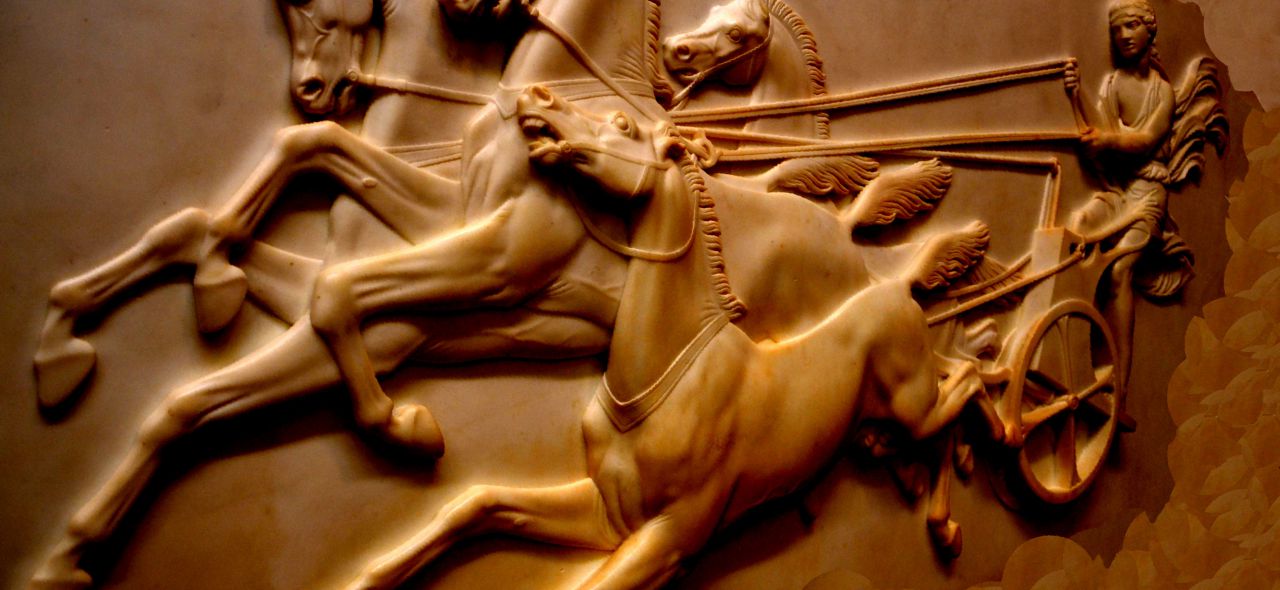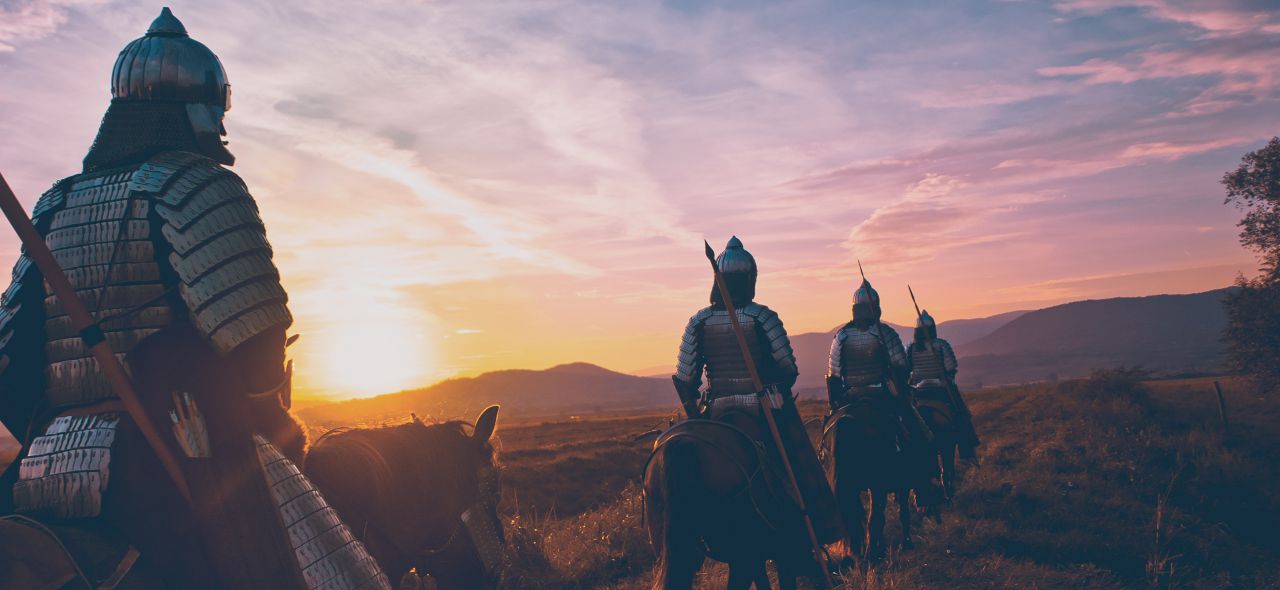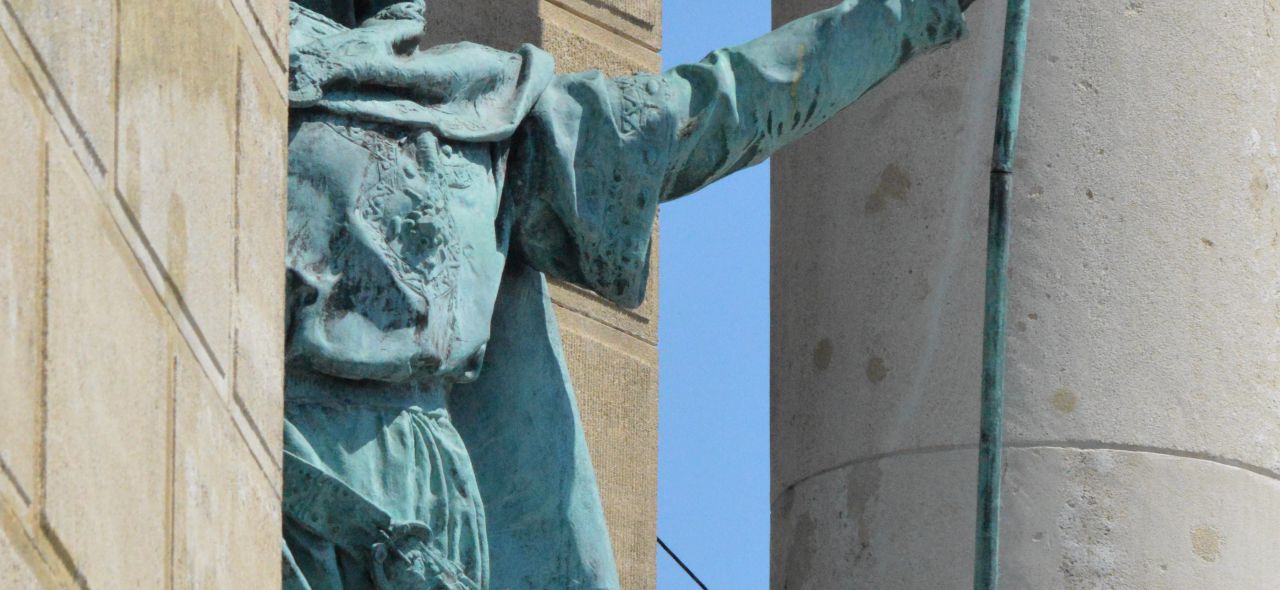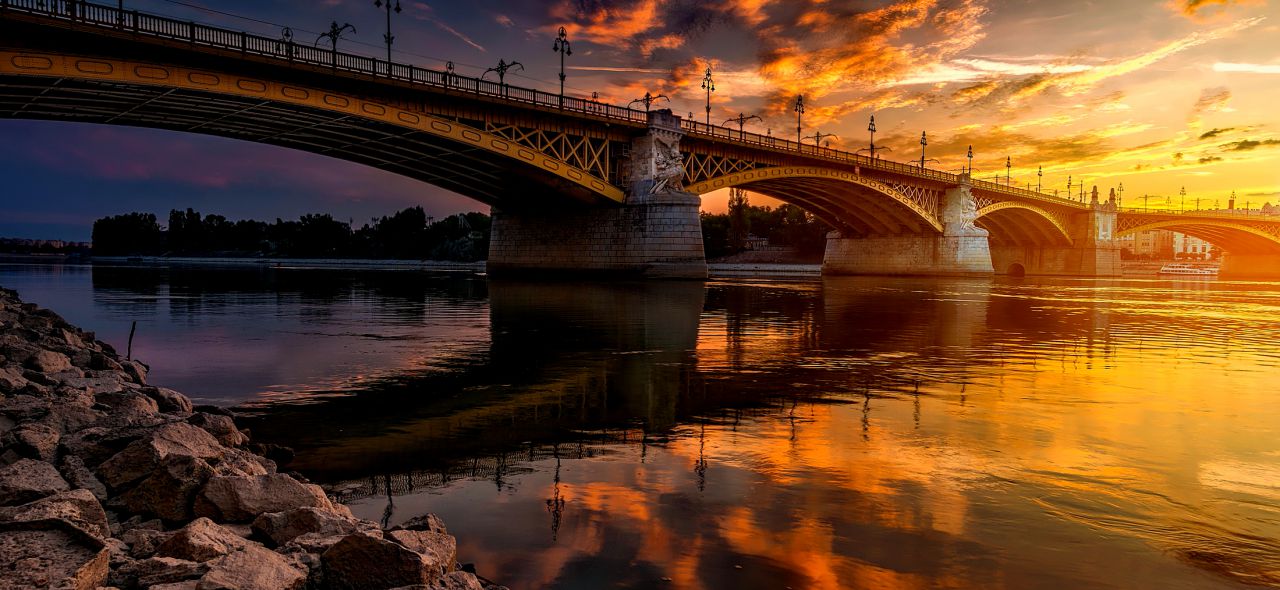If you would like to know who the Hungarians are, where they come from, and how they settled in the Carphatian basin, in this article you can read more interesting curiosity.
The first inhabitants
The first inhabitants who settled here were the Celts in the 4th-3rd century BC, came originally from France. They lived in the neighbourhood of the Gellért Hill and Tabán on the Buda side.The Celts were defeated by the Romans in 10 AD, and the former Celtic settlement was turned into a Roman provincial capital.
The written history of Budapest was started with the Roman empire. Aquincum was founded around 89 and it was a part of Pannonia. The current name of this territory is Óbuda situated on the North part of Buda. It was the center of inferior Pannonia from 104 till the end of the 4th century. Aquincum had a population of 40 000. That time the Danube was the natural border. There are several remains from this time even today wich can be seen in outdoor and indoor museums.Market halls,military and civilian public baths were built as well as religious shrines and two Amphitheatres.

Migration and settlement of the Hungarians
Later on various people lived here, such as Huns, Avars and Slavic tribes during the time of the Great Migration in Europe which started in the 5th century. We believe that the original homeland of the Magyars was in Western Siberia, in Asia from where they moved to the South. Between 500 BC and 550 AD they migrated near by the Volga, Kama rivers and the Ural Mountains. This region later became known as Magna Hungaria. At this time the Magyars divided into seven tribes. In the 8th century they settled in Levédia, and in the 9th century they finally arrived and occupied the lower Danube and Southern Carpathians which country was known as Etelköz. Our ancestors the” Magyars” – Hungarians arrived at the Carpathian Basin and occupied it in 896.

Language
Our language is a very difficult one, because Hungarian does not belong to any big family of languages. Our language belongs to the Finno-Ugrian family of the languages, basically it is a Finnish – origin language, but it does not mean that Finns and Hungarians can understand each other. Because of our history we also has a strong influence of Turkish, Slavic and German.
Origin of the name of our city Budapest
There are two different explanation for the origin of the word „Buda”.
- The first version that Buda was the name of the brother of the famous Hun king Attila, who lived here.
- The other version is connected to the Roman ages. That time the capital was called Aquincum. In this word you can find a latin word „aqua” wich means water. Most probably they found and used some of those hot springs which are under the territory of Budapest, that is why they put this word „water – aqua” in the name of their capital city. After when the Slavs lived here, they also find some of these springs, so they called the settlement „Voda” which means water in Slavic. We think that the present name „Buda” may derive from this word.
The origin of „Pest”
The name of the other part of the city is most probably originate from the Slavic word „Pjecs” which means oven or stove. Our ancestors when they arrived to the current territory of Budapest was found really unusual houses, made up from bricks. It was a new thing for them because they lived before in tents. That is why they called the settlement „Pest”, after the name of the special ovens „Pjecs”, where they had burnt the bricks to build their houses.
Kings and leaders
When the first settlers arrived in the 9th century the number of their tribe was around half million. Our ancestors were nomadic people, they lived in tribes, their society and their way of life was very different from other societies and other nations, customs in Europe.
Our first king Saint Stephen, was known as the founder of the Hungarian state. He was crowned in 1001 and got the crown from the pope. This is the oldest royal crown in Europe which still exist. We got it back from the United State in 1978 and now it is exhibited in the Parliament. Saint Stephen was the first person who forced our ancestors the nomadic Hungarians to become Christians. Even today 70% of the population is Roman Catholic. Saint Stephen married a German princess, they had 5 childrens but none of them can follow him on the throne. He died without an heir. Several kings followed him on the throne just like I. László, Könyves Kálmán, II. András.
One of the most important one was Béla IV. he is considered the „second state founder” of our country. During his rein Hungary was suffered from the Mongol and Tatar invasion. Almost the whole county was destroyed and half of the population died out. After they left Hungary the king started to rebuilt the country, and built castles all around Hungary to be defended next time. He moved the royal court from the previous capital Esztergom to Buda in the middle of the 13th century. This was how Buda became the new capital of Hungary. After King Béla died the Hungarian Royal dynasty died out and the Italian branch the Anjou-dynasty followed him on the throne, Charles Robert and Louis the Great.
In the middle of the 15th century our leader was Hunyadi János who was the first figure who was not a king but an outstanding personality. He was the governor of Hungary. The most important event in his life was the battle at Nándorfehérvár. It was not only a battle against the Turks, but the battle between the Christianity and the Muslim religion. It was won by the Christians, by Hunyadi. The Hungarians stopped the Turks for 70 years and also save Europe from the Muslims. The battle was over at noon, 12 o’ clock in 1456, and the Pope ordered to ring the bells all over the Christian world at noon. That is why we can still hear the bells ringing everywhere, even today.
Matthias, Hunyadi János son, was one of the most popular Hungarian kings. He became to be a king when he was 16, he was elected on the frozen River Danube. He was always just, he often put disguise on, to see what was going on his country. He became known as Matthias the Just. His reign was the golden period of the medieval Hungary. That time Hungary was one of the most important and respected countries in Europe. The population was 4 million just like in England. The Hungarian Royal Court was the heart of the Renaissance art. After Matthias death Hungary was divided into three parts. The middle part including Buda was occupied by the Turks, the northern and western parts of the country belongs to Austria by the Hapsburgs, and the third part Transylvania remained the Hungarian part.
During the history we fight a lot for the independence of Transylvania and Hungary when we became a part of the Austro-Hungarian Monarchy. After the 17th century no Kings and Queens lived anymore in the Royal Palace.

The birth of Budapest
The current city of Budapest was officially created on the 17th November 1873 by merging three cities Buda, Pest and Óbuda along the river Danube. With attaching smaller surrounded towns in 1950 Greater Budapest was born. The population of the city in the 80’s was reached 2,1 million inhabitant

Source of pictures and illustrations: pixabay